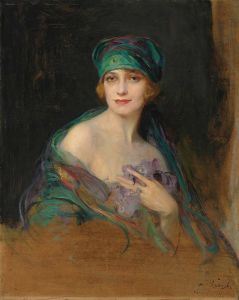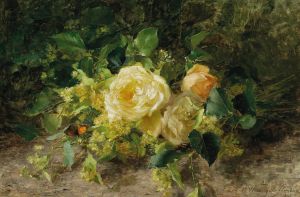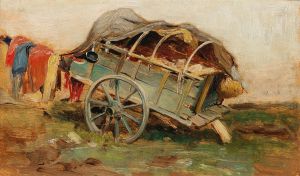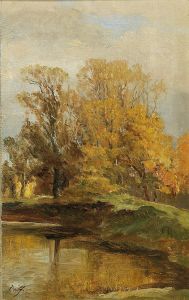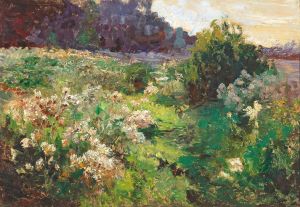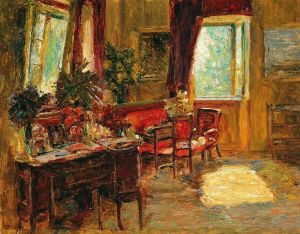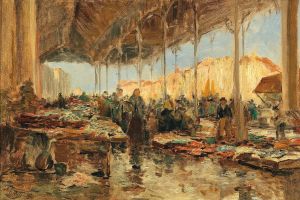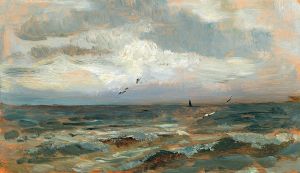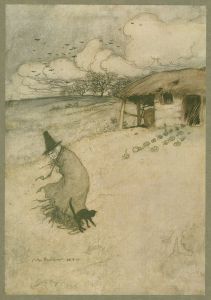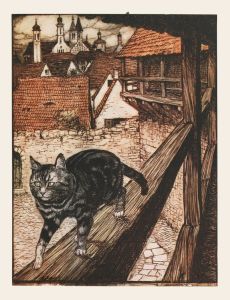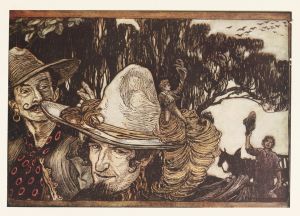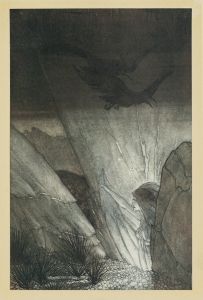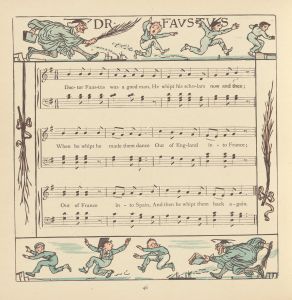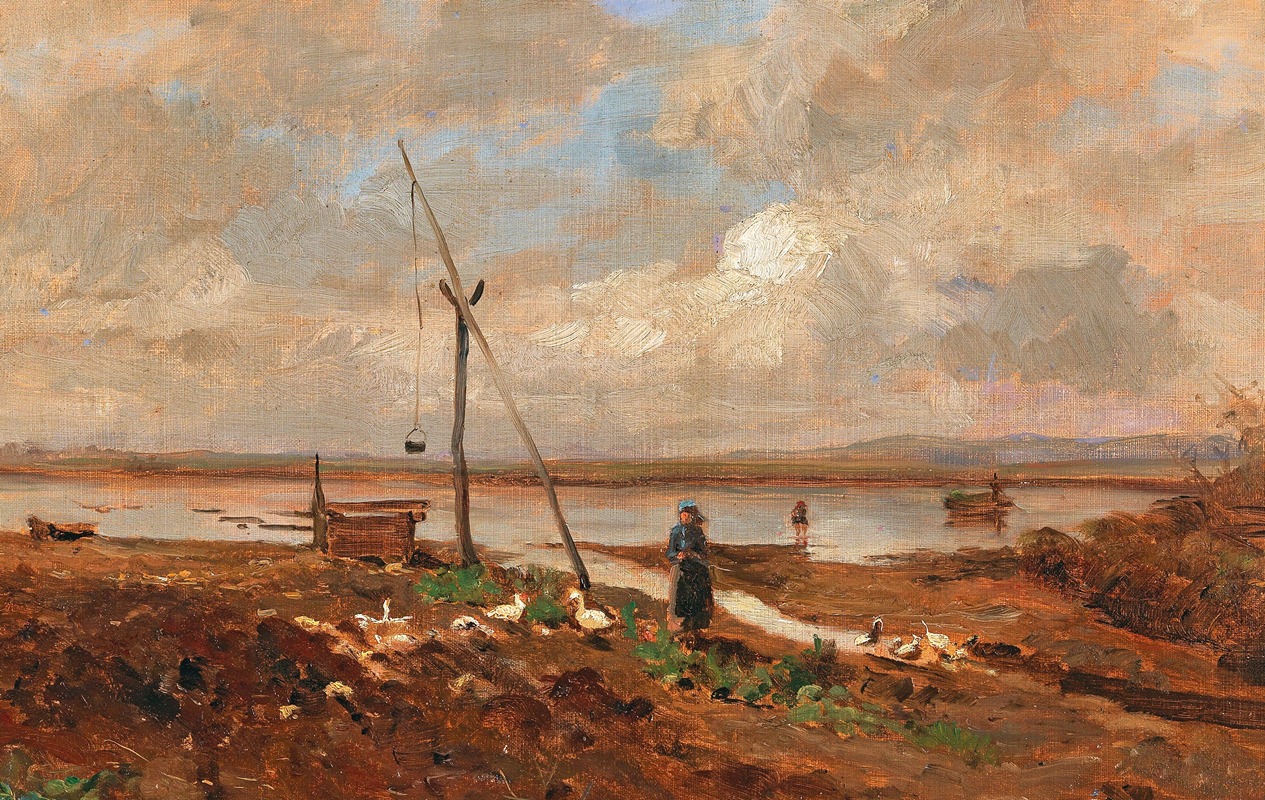
The Goose Girl
A hand-painted replica of Olga Wisinger-Florian’s masterpiece The Goose Girl, meticulously crafted by professional artists to capture the true essence of the original. Each piece is created with museum-quality canvas and rare mineral pigments, carefully painted by experienced artists with delicate brushstrokes and rich, layered colors to perfectly recreate the texture of the original artwork. Unlike machine-printed reproductions, this hand-painted version brings the painting to life, infused with the artist’s emotions and skill in every stroke. Whether for personal collection or home decoration, it instantly elevates the artistic atmosphere of any space.
Olga Wisinger-Florian was an Austrian painter known for her contributions to the Impressionist movement, particularly in the realm of landscape and genre painting. Born in Vienna on November 1, 1844, she initially pursued a career in music before turning to painting in her late twenties. Wisinger-Florian studied under the guidance of several prominent artists, including Melchior Fritsch and Emil Jakob Schindler, which significantly influenced her artistic development.
"The Goose Girl" is one of Wisinger-Florian's notable works, reflecting her keen interest in capturing rural life and nature. Although specific details about the painting's creation and current location are limited, it is representative of her broader oeuvre, which often depicted serene landscapes and scenes of everyday life in the Austrian countryside. Her work is characterized by a vibrant use of color and a delicate interplay of light and shadow, hallmarks of the Impressionist style.
Wisinger-Florian's paintings frequently feature women engaged in various activities, set against the backdrop of lush, natural environments. This thematic focus is evident in "The Goose Girl," where the subject is likely portrayed tending to geese, a common rural activity. Such scenes not only highlight the pastoral beauty of the landscape but also emphasize the harmonious relationship between humans and nature.
Throughout her career, Wisinger-Florian exhibited her work extensively, gaining recognition both in Austria and internationally. She participated in numerous exhibitions, including those held by the Vienna Künstlerhaus and the Secession, an art movement that sought to break away from traditional academic art forms. Her contributions to these exhibitions helped solidify her reputation as a leading figure in the Austrian art scene of the late 19th and early 20th centuries.
In addition to her artistic achievements, Wisinger-Florian was an advocate for women's rights, particularly in the arts. She was a member of the Association of Austrian Women Artists, an organization dedicated to promoting the work of female artists and providing them with opportunities to exhibit their art. Her involvement in such initiatives underscores her commitment to advancing the status of women in a male-dominated field.
Wisinger-Florian's legacy is marked by her ability to capture the essence of the natural world with sensitivity and precision. Her paintings continue to be celebrated for their aesthetic beauty and their contribution to the Impressionist movement in Austria. While "The Goose Girl" may not be as widely known as some of her other works, it remains an important piece within her body of work, exemplifying her skill in portraying the simplicity and tranquility of rural life.
Olga Wisinger-Florian passed away on February 27, 1926, in Grafenegg, Austria. Her work remains influential, and she is remembered as one of the pioneering female artists of her time, whose paintings continue to be appreciated for their artistic merit and historical significance.






